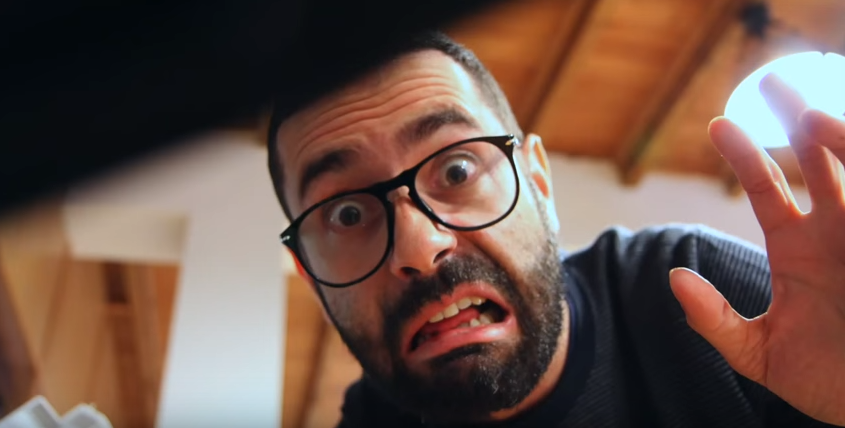The Email script
Now we can take pictures and play sounds… But we want more from our Arduino! We want to send them via email.
So, what can we do? The answer is very easy… python script! Even if the Arduino Yún integrates the Temboo library, I wanted this project to be as portable as possible, so we will use a very simple python script to encode the image file and send it to our email.
I’m assuming that you are using GMail, but the script can be easily adapted to any SMTP server
Create a new file, call it “sendemail.py” and paste this code into it
# coding=utf-8
# Copyright (C) 2014 Stefano Guglielmetti
# This program is free software: you can redistribute it and/or modify
# it under the terms of the GNU General Public License as published by
# the Free Software Foundation, either version 3 of the License, or
# (at your option) any later version.
# This program is distributed in the hope that it will be useful,
# but WITHOUT ANY WARRANTY; without even the implied warranty of
# MERCHANTABILITY or FITNESS FOR A PARTICULAR PURPOSE. See the
# GNU General Public License for more details.
# You should have received a copy of the GNU General Public License
# along with this program. If not, see <http://www.gnu.org/licenses/>.
import smtplib, os, sys
from email.MIMEMultipart import MIMEMultipart
from email.MIMEBase import MIMEBase
from email.MIMEText import MIMEText
from email.Utils import COMMASPACE, formatdate
from email import Encoders
#From address, to address, subject and message body
from_address = 'FROM_ADDRESS@EMAIL.COM'
to_address = ['YOUR_ADDRESS@EMAIL.COM']
email_subject = 'Alert!!! Zombies!!! Ahead!!!'
email_body = 'A non dead intruder has been detected and needs to be eliminated!'
# Credentials (if needed)
username = 'EMAIL_LOGIN'
password = 'EMAIL_PASSWORD'
# The actual mail send
server = 'smtp.gmail.com:587'
def send_mail(send_from, send_to, subject, text, files=[], server="localhost"):
assert type(send_to)==list
assert type(files)==list
msg = MIMEMultipart()
msg['From'] = send_from
msg['To'] = COMMASPACE.join(send_to)
msg['Date'] = formatdate(localtime=True)
msg['Subject'] = subject
msg.attach( MIMEText(text) )
for f in files:
part = MIMEBase('application', "octet-stream")
part.set_payload( open(f,"rb").read() )
Encoders.encode_base64(part)
part.add_header('Content-Disposition', 'attachment; filename="%s"' % os.path.basename(f))
msg.attach(part)
smtp = smtplib.SMTP(server)
smtp.starttls()
smtp.login(username,password)
smtp.sendmail(send_from, send_to, msg.as_string())
smtp.close()
send_mail(from_address, to_address, email_subject, email_body, [sys.argv[1]], server) #the first command line argument will be used as the image file name
now you have to customise the email settings
#From address, to address, subject and message body
from_address = 'FROM_ADDRESS@EMAIL.COM'
to_address = ['YOUR_ADDRESS@EMAIL.COM']
email_subject = 'Alert!!! Zombies!!! Ahead!!!'
email_body = 'An undead intruder has been detected and needs to be eliminated!'
# Credentials (if needed)
username = 'EMAIL_LOGIN'
password = 'EMAIL_PASSWORD'
# The actual mail send
server = 'smtp.gmail.com:587'
Now you can upload the script to the Arduino Yún SD card via SFTP (or SCP, if you prefer), then open an SSH session to the Yún and test it typing
$cd /mnt/sda1
$python sendemail.py test.png
And in a few seconds you will receive an email with the picture attachment… amazing!









